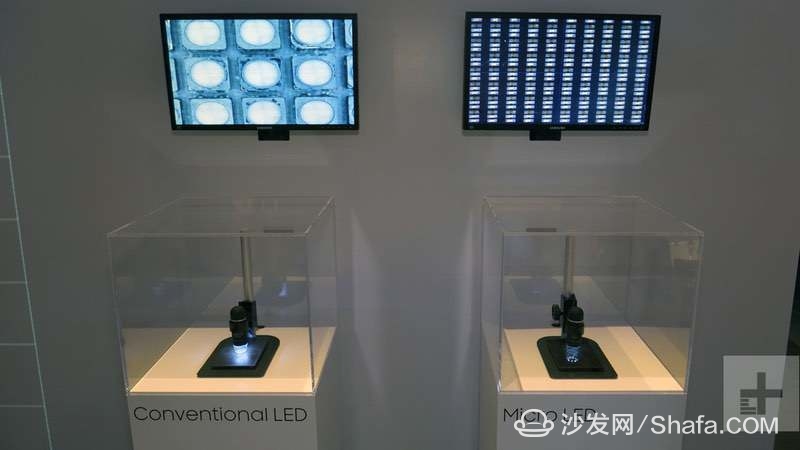For a long time, sources within the Taiwanese supply chain have been hinting that Apple is working on Micro LED displays. This speculation has now been confirmed by Bloomberg. In a report published on March 19, Bloomberg revealed that Apple has a secret facility in Santa Clara, California, where it's developing its own Micro LED display technology to eventually replace Samsung’s OLED screens.

In fact, Apple has long sought to reduce its reliance on Samsung and has explored partnerships with other manufacturers. For example, Apple invested billions in LG Display to support their development of OLED panels. Recently, LG Display also announced that the iPhone X Plus might be equipped with their OLED screens this year.
However, LG isn’t enough for Apple. Reports suggest that Apple has already begun discussions with Chinese manufacturer BOE. Additionally, Apple is pursuing an independent development path, as it has done successfully in the past with various technologies.
Some may not be familiar with what Micro LED is. Unlike OLEDs, which use organic materials and suffer from issues like shorter lifespan and stability problems, Micro LED uses inorganic phosphors—similar to traditional LEDs. You can think of it as a smaller version of outdoor LED billboards. It offers longer life, better stability, energy efficiency, brighter visuals, and is lighter. However, the technology is still in early stages, and production yields are not yet reliable.

Industry experts believe that Micro LED will eventually replace OLEDs, just as OLEDs replaced LCDs. Apple first showed interest in this technology when it acquired LuxVue, a MicroLED startup, in 2014. But progress has been slow. Bloomberg suggests that Apple might introduce Micro LED in the Apple Watch in two to three years, while the iPhone could take another three to five years. So, the Apple Watch is likely to be the first product to feature this new display technology.
That said, Bloomberg also notes that the Santa Clara R&D center is currently too small to handle mass production. Therefore, Apple may outsource manufacturing to third-party suppliers in the future. This raises concerns about how secure the technology will remain.
Apple insiders have emphasized the importance of keeping proprietary technology in-house. To achieve this, the company has invested heavily. While research on Micro LED has taken place in Taiwan, Apple is now shifting more focus toward its headquarters to maintain control over the technology.
If Apple succeeds in leading the Micro LED market, it would mark a major milestone in its vertical integration strategy, covering key areas such as CPUs, GPUs, and displays. This could save Apple significant costs on screen components and even open up new revenue streams. Just look at how much Samsung benefits from supplying OLEDs for the iPhone X!
Smart TV/box information can focus on smart TV information network sofa butler (http://), China's influential TV box and smart TV website, providing information, communication, TV boxes, smart TVs, smart TV software, etc. Answering questions.


Single Core Medium Voltage Cable
Single Core MV 11kv XLPE Cable
Standard: IEC 60502
Rated Voltage: 3.6/6kV to 26/35kV
Armour: Aluminum Wire Armored, Stainless Steel Wire Armored,
Operating temperature: Maximum 90°C, minimum bending 0°C
Certificates: Third party test reports
Applications: Those Medium Voltage Power Cables used for power networks,industrial plants, underground and in cable ducting.
Single Core Medium Voltage Cable,Medium Voltage Single Core Cables,Electric Wires Cables,Cable Wire
Shenzhen Bendakang Cables Holding Co., Ltd , https://www.bdkcables.com